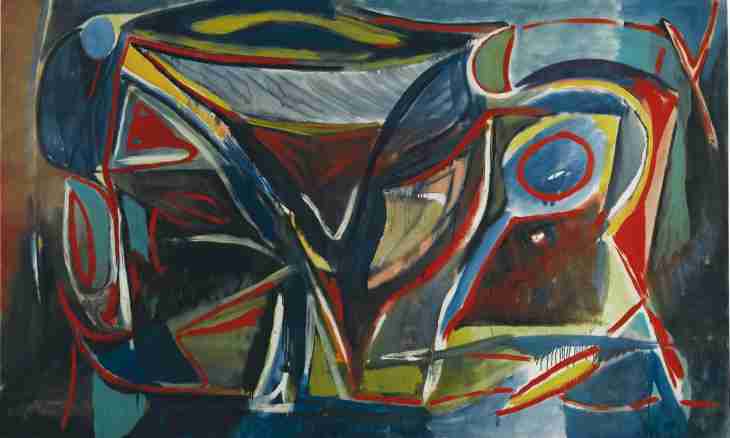Since the most ancient times the plot of the work is under construction approximately on the same model. Possibly, it works some universal law according to which the same elements perform similar functions as in ancient texts, and postmodern works. The composition of the work of art plays an important role in understanding of meaning of the text.
Plot is called the set of the connected motives which can have or not have the basis in reality. Treat elements of fable composition of the art text:
1. An exposition — some initial situation which main distinctive feature is balance, immovability. The exposition performs the following function: acquaintance of the reader to the scene of action, time, heroes.
In that case if the exposition goes at the beginning of the text, then it is called a straight line; and if appears on the course of the narration, then the detainee.
2. The tie is the motive breaking initial balance of the text.
3. Peripetias are turns of action from good to bad and vice versa throughout all narration. Peripetias give dynamics to the text, move events.
4. The culmination — one of peripetias after which action turns to an outcome.
5. The outcome is the situation symmetric to a tie designed to restore the broken balance.
Besides the above-considered composition elements at the text there can be optional (additional) elements: prolog and epilog.
A prolog briefly narrates about the events preceding action in the text.
The epilog is a short narration about the events subsequent to a text outcome.
In the work of art any element of composition can be rearranged, doubled, stretched or weakened. In the detailed analysis of the text and for understanding of its sense it is necessary to understand why the author makes any given manipulations with composition elements.

